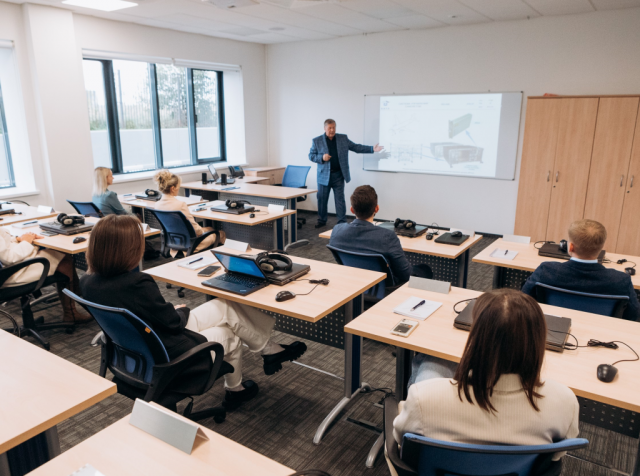Technoparks play an important role in shaping the country's innovative economy. These specialized sites combine scientific, educational and industrial resources, contributing to the accelerated development of high-tech industries.
Today, there are about a hundred technoparks in the country, some of them opened on the basis of enterprises of the Rostec State Corporation. Rostec organizations also act as residents of third-party technology parks, such as the famous Skolkovo.
We understand how technoparks stimulate economic growth and what innovative products are created in Rostec technoparks.
High Culture Park
Technology parks, or technoparks, are scientific and industrial complexes created to support and develop high−tech and innovative companies. They provide infrastructure, equipment and various services for startups and existing enterprises working in the field of high technology. Technoparks combine scientific research, development, entrepreneurship and production in one place, creating a favorable environment for innovation. In addition, the state provides technoparks with a number of benefits, contributing to their growth.
The emergence of technoparks in Russia is closely linked to the global trend towards the development of these innovative ecosystems. Technoparks began to form in the mid-1950s in the USA and Europe, and already in the late 80s and early 90s this idea began to resonate in our country. The world's first technopark can be called the famous Silicon Valley, which grew up on the lands of Stanford University (USA).
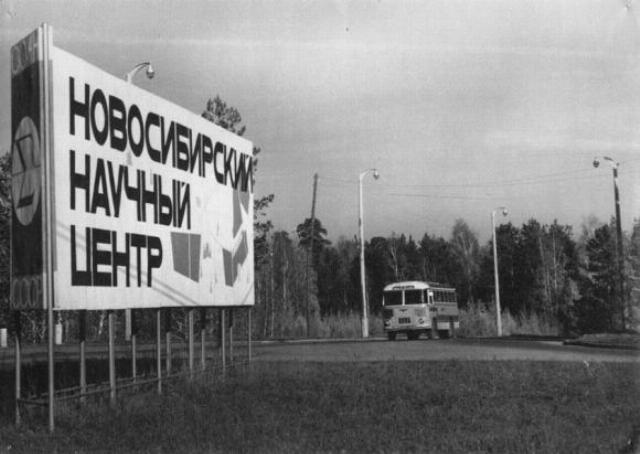
The first Russian, or rather, Soviet technopark was established in 1990 on the basis of Tomsk State University of Control Systems and Radioelectronics. It became one of the first sites where Russian scientists and entrepreneurs were able to work together on innovative projects. The prototypes of future technoparks can also be called the science cities of the Soviet era, where scientists and engineers created all the necessary conditions for innovation. In the 1990s, despite economic difficulties, technoparks began to appear in other cities. The first Soviet and Russian technoparks were created on the basis of higher schools and were not always profit-oriented, including for this reason, by the early 2000s, many of them had ceased operations.
Become a resident!
In the 2000s, in the wake of the search for innovations at the state level, the topic of technoparks received new content, especially with the release in 2006 of a government decree on the creation of high-tech technoparks in the country. The focus is on improving the interaction between business, science, education and the state, as well as the creation of innovative companies and products.
According to the Association of Clusters, Technoparks and SEZs (Special Economic Zones) In Russia, by 2023, 100 technoparks are operating in 39 regions of the country and 15 more are in the process of being created. Technoparks are divided into industrial, agro-industrial, ecotechnoparks and technoparks in the field of high technologies.
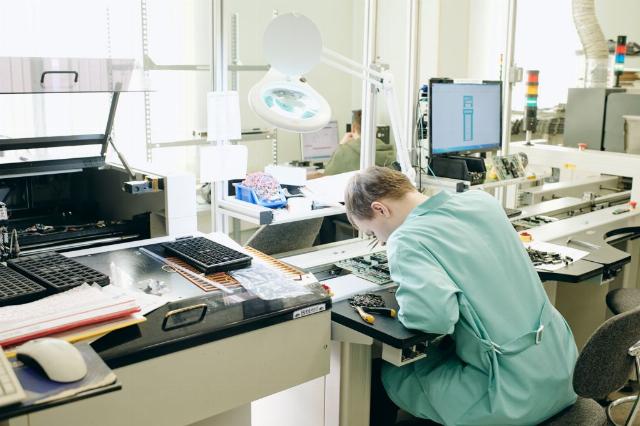
Technoparks not only provide residents with access to modern equipment and laboratories, but also provide consulting services, help with patenting, market entry, and offer preferential rental conditions. The state actively supports such projects by providing subsidies and tax benefits to residents of technoparks. The regions are also interested in technoparks and stimulate companies with regional support measures, for example, reducing income tax, property tax or land tax, issuing subsidies for the creation of infrastructure, etc. This is a tangible support for start-up businesses, whose survival rate in technoparks is increasing.
Make way for innovation
Technoparks attract residents with the availability of high-tech equipment and in-depth expertise in various fields. These and other advantages are possessed by the Polyus Technopark, created in 2016 on the basis of the M.F. Stelmakh Polyus Research Institute of the Shvabe Holding. Rostec's Moscow enterprise knows about innovations firsthand – the country's first lasers were developed here, which opened a new era in industry.
Polyus occupies an area of 6.5 hectares with an area of 74.5 thousand square meters. m. The technopark's infrastructure includes laboratories, engineering and innovation and technology centers, including a unique center for laser welding in the environment of protective gases. Technopark residents specialize in laser technologies, optics and photonics, software and IT solutions development, biomedicine and other high-tech industries. Among the key participants are Technolume, a developer and manufacturer of complex mechanical parts, Elemaar, a manufacturer of surgical suture materials, Vitulus CME, a company producing equipment for contactless laser surface cleaning, and others. According to the results of the IX national rating of technoparks of Russia, Polyus Technopark was awarded the highest level of efficiency.
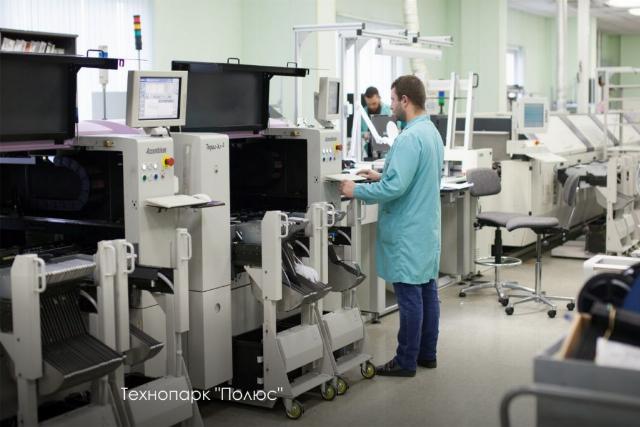
Photo: the press service of the Mayor of Moscow
In July of this year, Rostec State Corporation was replenished with another metropolitan technopark, opened on the basis of the Academician V.S. Semenikhin Research Institute of Automatic Equipment of the Roselectronics holding. NIIAA is engaged in the creation of dual-use automation complexes based on the domestic element base. This includes telecommunications platforms, information security tools, geographic information systems, etc. The total area of the technopark buildings is more than 80 thousand square meters. At the moment, six residents are already conducting innovative developments on the basis of NIIAA.
In addition to creating its own technology parks, Rostec participates in the development of large third-party projects. Perhaps the most famous Russian place of power for innovators and startups is the Skolkovo Innovation Center, not so much a technopark as a whole science city in a new way. Among the Skolkovo residents is Oktava DM-Technologies, a company engaged in the development of import-substituting innovative digital products. The production of new products will be organized at the Tula Oktava plant of the Rostec State Corporation. The first projects of the company were a new audio receiver of the Oktava radio system and the development of remote control for domestic radio systems.
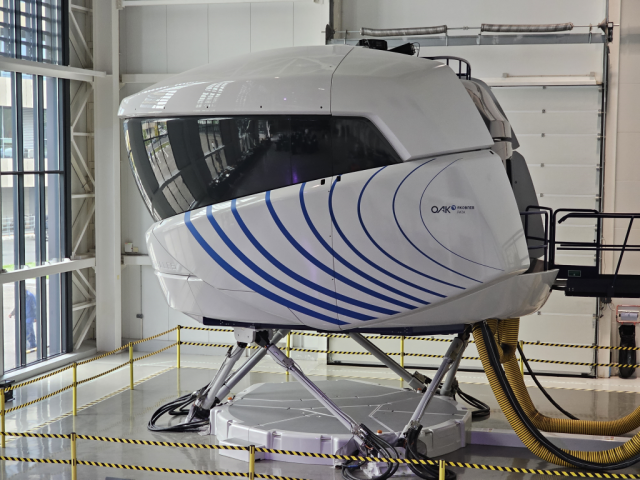
Photo: AUT RATA
Another interesting example of cooperation between Rostec and Skolkovo is the Yakovlev RATA Aviation Training Center (part of the United Aircraft Corporation). The Center moved to Skolkovo from Zhukovsky a year ago, and aviation personnel are trained here for aircraft manufactured by the Corporation. In theoretical and practical classes, including with the help of unique simulators, pilots, flight attendants, engineering and ground personnel are trained for such aircraft as the SJ-100, MS-21, Tu-214 and Il-114.
Technoparks in Russia continue to develop actively, turning into important centers of innovation and high technology. They combine science, business and production, creating favorable conditions for the growth of high-tech companies. With the support of the state, technoparks become the engines of the Russian economy, contributing to its diversification, transition to innovative tracks and strengthening industrial sovereignty.
